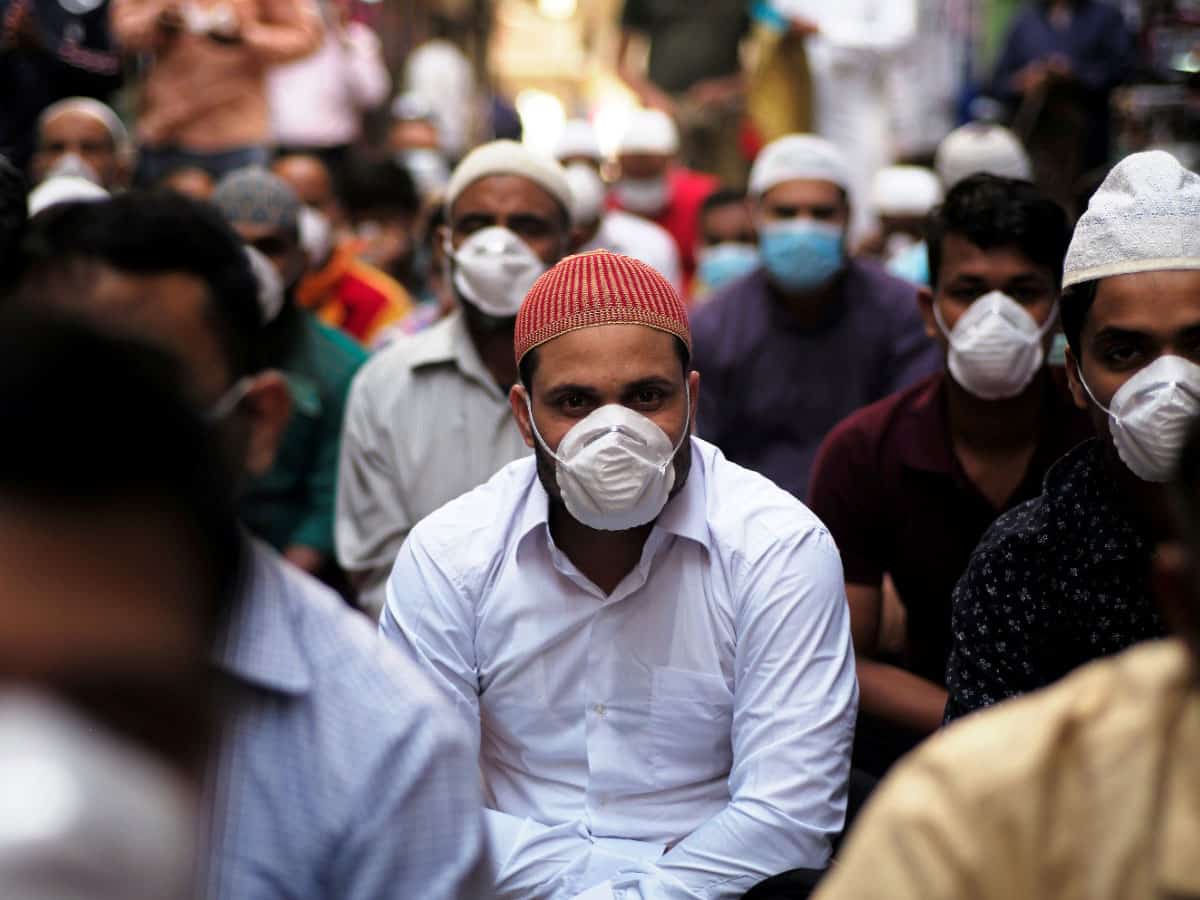Following is Part II of the article published in Muslim Mirror. Part I of it was printed in siasat.com on Sunday.

Although Christophe Jaffrelot felt there are many issues related to Muslim situation. He, however, chose to deal with two questions of the marginalisation of Muslims in Assemblies and discrimination of Muslims by the police in different states.
Muslims in Parliament and Assemblies
Since the 1980s Muslim Representations in Lok Sabha are constantly declining. Quoting from the data he said, “In 1980 when Muslims were 11% of the society, 49 MPs were elected that is 9% of total Lok Sabha seats. It has been reduced to its lowest in 2014 when BJP won majority seats and formed the government. 21 Muslim MPs i.e. below 4% of total Lok Sabha got elected, because, the BJP did not have a single MP.
However, in 2019, Muslim MPs won 25 seats, a marginal increase from 21 to 25 but remain below 5% of total Lok Sabha seats.
What is true at the Lok Sabha level is equally true at the state assemblies.
Gujarat with 9.1 % Muslim population has only 1.6% of the Muslim MLAs. It used to be 6% in the early 1980s.
Only 3.1% Muslim MLAs in Karnataka with 12.2% Muslim population; in the late 1970s they were more than 7%.
Madhya Pradesh with 6.4% of Muslim population has only 0.4% of Muslims in the Assembly. Christophe Jaffrelote said, in fact, only one MLA is Muslim. In the early 1970s, it used to be 2.7%.
In Maharashtra where the Muslim population is more than 10% only 3.1% of MLAs are Muslims. They used to be 9% in the mid-1980s.
In Orissa only 2% of the population is Muslim and MLAs from the community are only 0.7%. They were 2.7% in the mid-1980s.
In Rajasthan only 1% MLAs are Muslim while they used to be 5% in the early 1980s.
UP is the most interesting case. He said, “Before 2017, till the BJP won, 16.9% MLAs were Muslims with 18.5% Muslim population.” In 2017 the Muslim MLAs reduced to only 5.7%.
The only exception to this trend is the West Bengal. “It is atypical, it’s increasing,” Christophe Jaffrelote said. With 25.2% Muslim population, Muslim MLAs are 20%. In 1985 only 2.9% MLAs were Muslims.
So, the above data proves that the most obvious impact of the rise of BJP is the declining Muslim representations in Lok Sabha and State Assemblies.
Bias against Muslims in police force
The other impact he focused upon is what he drew from a survey report of CSDS in 2019. “The police was seen by the Muslims as biased.”
Muslims are more fearful of police than any other group; Dalits came second to them.
The Muslims believe that “the Police often implicate Muslims under forced terrorism charges. There are cases when young Muslims who have been jailed and spent years incarcerated.”
Jaffrelote quoted last NCRB report released in 2015 that stated 21% of inmates in jail are Muslims, an over-representation in terms of their share of 14.5% in the total population.
He compared it with the blacks in American jail. “This over-representation is somewhat proportionate to the over-representation of the Blacks in American jails.”
It is more interesting to know when you look at those, who are sentenced and not under trial, then the rate drops to 15.8% from 21%, directly proportionate to their population in India.
It means that, indeed, many Muslims have gone to jail because the police wrongly implicated them in some crime. When the judiciary could look at the files they were freed.
Jaffrelote concluded, “That is certainly another recent development that goes with the new dispensation in Indian politics.
He also assumes that it is the reflection of the Muslims’ underrepresentation in the Indian Police.
The fact of the matter is that Muslims have not been pampered by Congress since 1947.
He said that the data, “I have used suggest the fact that the Muslim situation has deteriorated since the 1990s to 2000s and even more in the subsequent years. That is of course in parallel to the rise of the BJP.”
Challenges and way forward
Christophe Jaffrelote feels that CAA-NRC will be a challenge for Indian Muslims, in the short term and Education in the mid and long run. He said, “Muslims are among the social categories along with SCs STs OBCs, where you don’t find Birth Certificate of children under 5. It will be very difficult to prove Citizenship. It will be a challenge primarily in Assam then elsewhere.”
The international community, in February 2020, for the first time, UNO has reacted to the transformation of rules to access Indian citizenship. Whether it will have an impact or not remain to be seen.
Education, in the mid-term and long run, is the major challenge for Indian Muslims, opined Christophe Jaffrelote. What is troubling is the educated and elite Muslims are shrinking very quickly in India. He said, “Every community needs elite, young educated elite. They can somewhat change the course of history, the trajectory of the community because they are better placed than anybody to take care of these issues.”
Stating data he said, only 14% Muslim youth have done graduation in 2017-18 as against 18% for Dalits and 25% Hindu OBCs and 37% of the Hindu upper casts.
More worrying is, he said, “31% Muslim youths who are between the age group of 15 and 24 neither have access to education nor in jobs.” That is more than any other group and almost one-third of Muslim youths who are jobless and without any access to higher education.
To be continued

